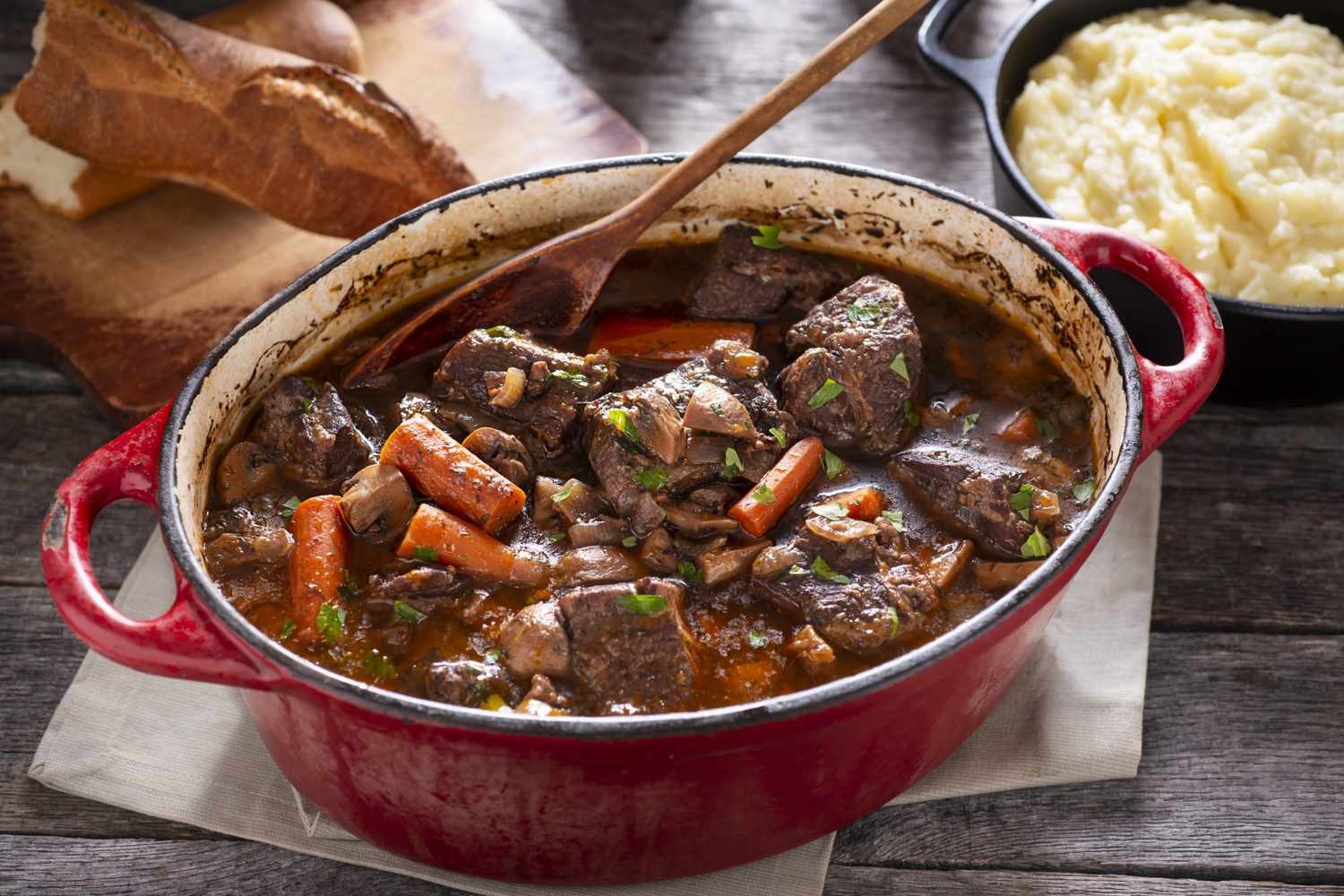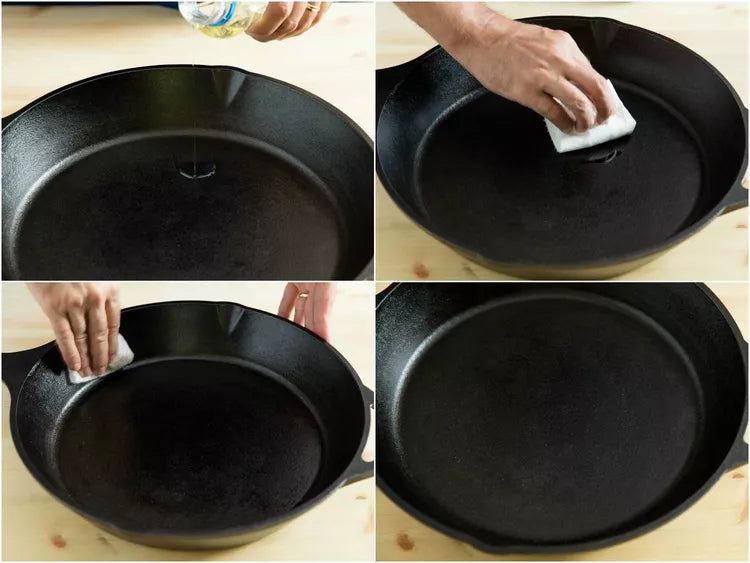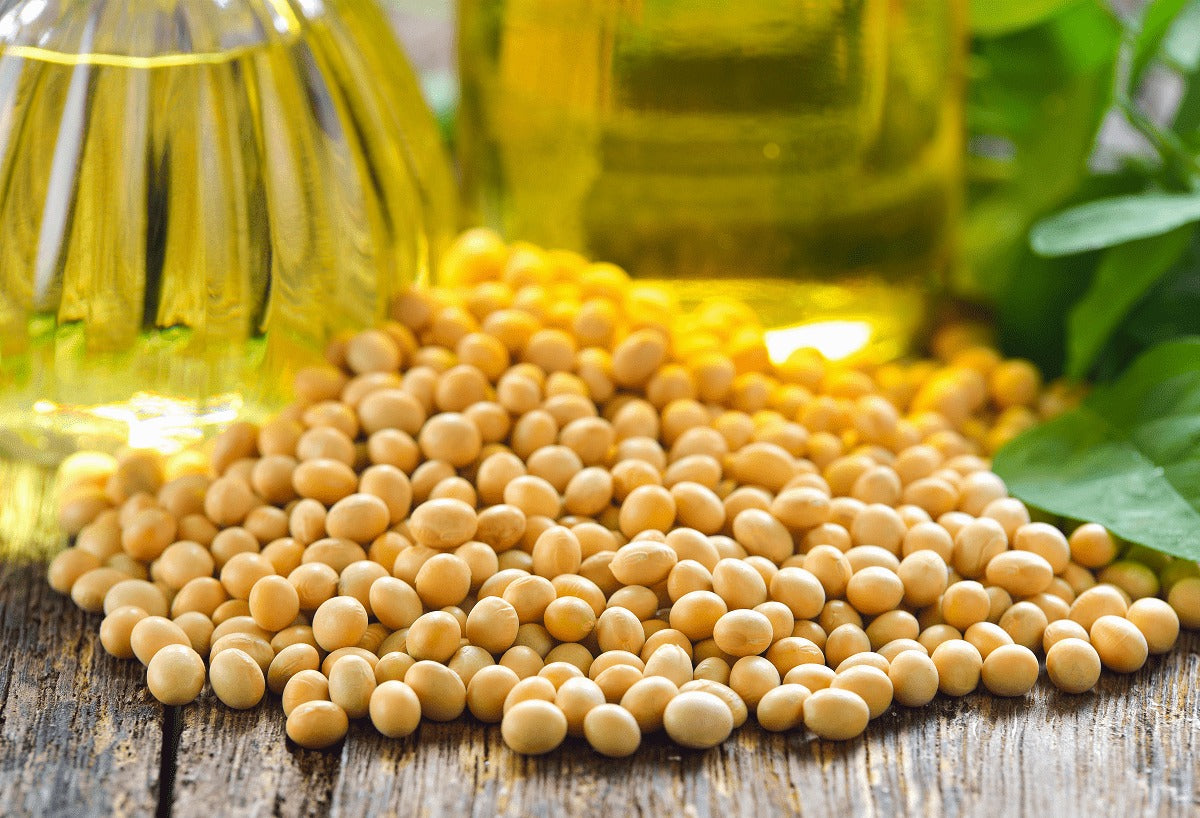Cleaning a Dutch oven is a crucial skill for any kitchen professional. With the right methods, you can extend the life of your cookware while maintaining its aesthetic appeal and functional integrity. In this guide, we will delve into the remarkable techniques that you can use to ensure your Dutch oven remains in pristine condition.
This article is tailored for culinary experts eager to learn the best practices for maintaining their Dutch ovens. Understanding how to clean a Dutch oven is vital for chefs who work with these versatile pots regularly. Let's get started!
:max_bytes(150000):strip_icc()/med102639wkd0_0107_brisedchick_horiz-0124.jpg-00f24780581549f9827c996297ca1b03.jpg)
Understanding the Dutch Oven
Before we dive into the cleaning process, let's take a moment to appreciate the Tremendous versatility of the Dutch oven. This heavy-duty cookware is designed for slow-cooking, braising, baking, and even boiling. It can be made from various materials, including cast iron and enamel, each requiring specific care and cleaning techniques.
Differentiating Materials
When you own multiple Dutch ovens, its important to know how to clean each type effectively. Cast iron Dutch ovens need seasoning, while enameled cast iron must be handled more delicately to avoid chipping.
- Cast Iron Dutch Oven: Requires oil seasoning and careful scrubbing to maintain its finish.
- Enameled Dutch Oven: Needs non-abrasive scrubbing pads to protect the enamel coating.
Steps to Clean Your Dutch Oven
Now that we understand the types of Dutch ovens, let's look at the step-by-step process of how to clean a Dutch oven effectively.
Step 1: Let It Cool Down
After cooking, always allow your Dutch oven to cool down before cleaning. Plunging a hot pot into cold water can warp the metal and damage the enamel.
Step 2: Soak It
If food particles are stuck to the pot, its useful to soak your Dutch oven in warm soapy water for 15-30 minutes. This will help loosen any stubborn residue.
Step 3: Scrubbing Techniques
For cast iron Dutch ovens, use a stiff brush or sponge to scrub the surface. For enameled versions, opt for a soft sponge or a non-abrasive pad to protect the coating.
Tips:
- Never use steel wool or harsh chemicals on enameled surfaces.
- For stubborn stains, consider using a paste of baking soda and water.
- A simple baking solution can work wonders.
Step 4: Rinse Thoroughly
Ensure you rinse off all soap residue. Any leftover soap can alter the taste of future meals.
Step 5: Dry Completely
Use a clean cloth to dry your pot thoroughly. If you have a cast iron pot, its essential to apply a thin layer of oil before storing it to prevent rusting.
Additional Tips for Maintenance
Proper care extends beyond the cleaning process. Here are a few maintenance tips that can help keep your Dutch ovens looking and performing their best.
- Regular Seasoning: For cast iron, seasoning improves the non-stick surface.
- Avoiding Acidic Foods: Cook acidic dishes like tomato sauce in enameled Dutch ovens as they may chip the finish.
- Storage: Store your Dutch oven in a dry place to avoid moisture accumulation.
Common Mistakes and How to Avoid Them
The cleaning process can sometimes lead to mistakes that can be easily avoided. Here are some common pitfalls:
Excessive Scrubbing
Scrubbing too harshly can damage the enamel coating. Always use the right type of sponge and apply gentle pressure.
Neglecting to Season
Many kitchen professionals skip seasoning their cast iron cookware. Regular seasoning can make cleaning a lot easier down the line.
Improper Storage
Wet or humid environments can lead to rust. Always ensure your Dutch oven is fully dry before storing.
FAQ Section
1. Can I put my Dutch oven in the dishwasher?
No, its not recommended. Dishwashers can damage the finish of both cast iron and enameled Dutch ovens.
2. What should I do if my cast iron Dutch oven rusts?
To remove rust, scrub it with a mixture of vinegar and water, dry it and then re-season it.
3. Can I use metal utensils in a Dutch oven?
Be cautious; metal utensils can scratch the enamel. It's safer to use silicone or wooden utensils.
:max_bytes(150000):strip_icc()/GettyImages-1058029026-2000-3e7d0a3579d346108bb901a51501115f.jpg)
Conclusion
Knowing how to clean a Dutch oven properly is a vital skill for any culinary professional. By following these unmissable techniques, you ensure that your treasured cookware remains in excellent condition for many years to come. With proper care and cleaning, your Dutch oven can provide delicious meals and serve you well in your culinary journey.
To dive deeper into the functionality of cast iron, check out this article on Dutch oven usage. Additionally, take a look at how to cook efficiently with cast iron cookware in cooking sirloin and find out what can be cooked.
As an Amazon Associate, I earn from qualifying purchases.






Leave a comment
This site is protected by hCaptcha and the hCaptcha Privacy Policy and Terms of Service apply.